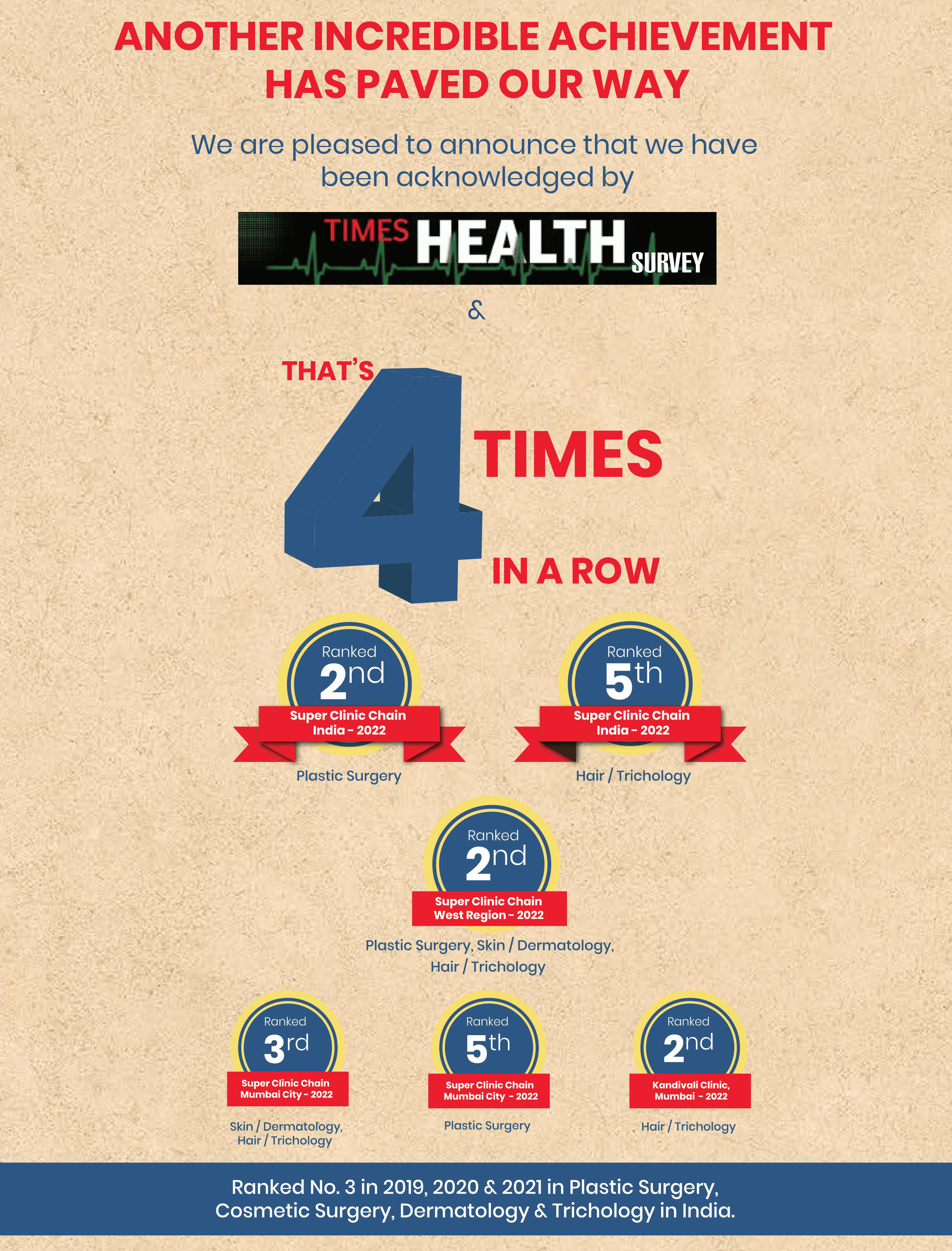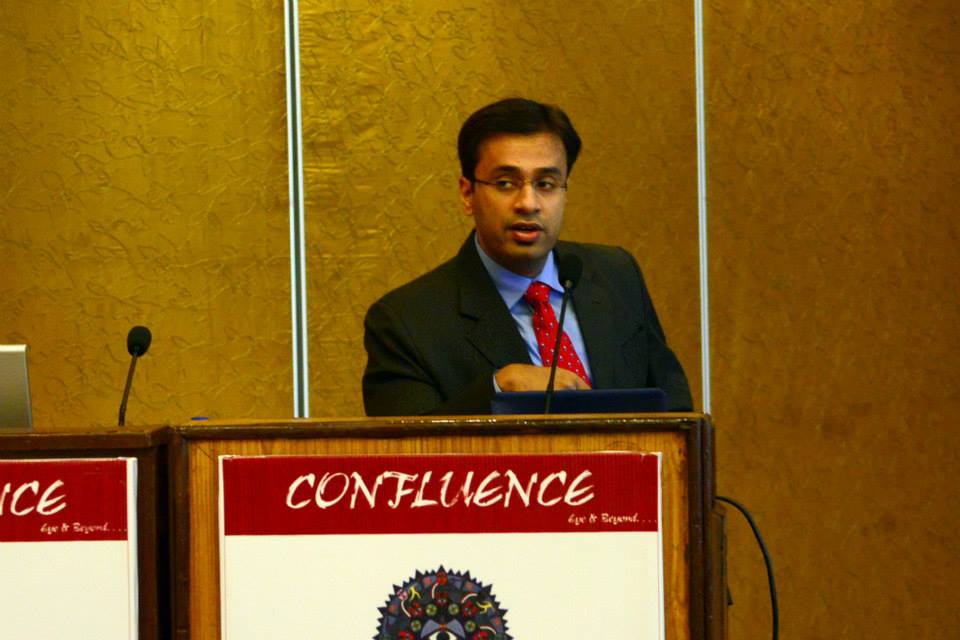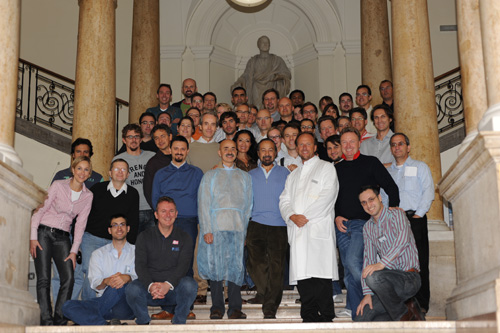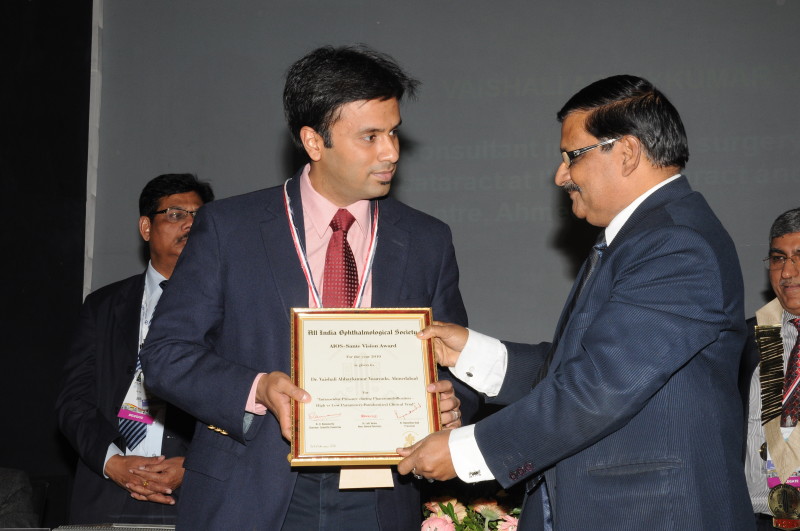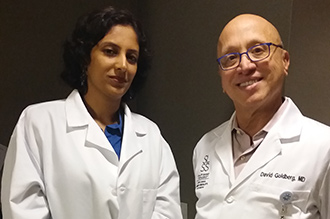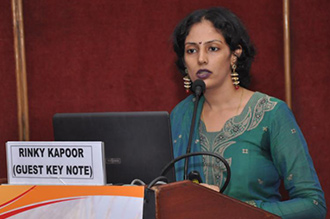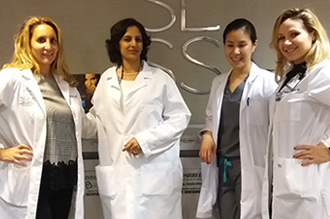External DCR is a surgical procedure that is adopted in correcting blocked tear duct or nasolacrimal duct obstruction. Blocked tear duct is a medical condition characterized by the narrowing or scarring of the tear drainage system, and it may be as a result of infection, injury, or calculus in the drainage system. Factors and/or conditions such as environmental allergies, protracted sinus disease, tumour, and toxicity amounting from chemotherapeutic intervention may also serve as predisposing factors. With an impaired or blocked drainage system comes the accumulation of tears – produced by the lacrimal glands – and these may either lead to watery eyes or the overflow of tears unto the face, a condition known as epiphora. Besides all these, other signs and symptoms that are inherent with blocked tear duct include conjunctivitis, collection of pus within the tear duct, blurred vision, mucus discharge, and infection. The fact that over 95% success rate has been reported for external DCR surgery only goes to show its effectiveness in helping to restore the full functionality of the tear duct. This is actualized by getting rid of the mucus and fluid that accumulated in the tear duct, and also increasing tear drainage even as a new low-resistance tear pathway is created.
Going for an external DCR surgery should be considered when the condition becomes severe to the extent of having an adverse effect on the quality of life of the affected person. Under such circumstances, symptoms like conjunctivitis and pus collection within the tear duct and infection are usually persistent, even with grave consequences.
The surgeon will carry out some basic tests on you to assess the extent to which your tear duct has been blocked. Thereafter, he/she will take your vitals and perform other examinations [like visual acuity test, ocular motility tests, tear meniscus height assessment, eyelid position check, and so on] to ascertain if it is suitable to perform the operation on you. A very important preoperative routine in affirming the need for external DCR surgery is the syringing of the drainage pathway with sterile saline solution. This enables the surgeon to determine if there is drainage blockage in the first instance, and it also gives insight on the location of such blockage – if any exists.
Thereafter, you will be asked specific questions about your past health history. It is important that you let the surgeon know if you are under any treatment and the medications that have been prescribed to you. A date will then be fixed for your surgery. As per food consumption; you are not expected to eat any food at least six hours before the time of the surgery. The surgeon will give you hints on how to best prepare for your external DCR surgery, and also brief you on the benefits and risks associated with the protocol.
Aspirin and other blood-thinning medications should be stopped two weeks before the day of the surgery. Likewise, the patient should also discontinue the use of anticoagulants within this period.
Anaesthesia – external DCR can be performed either under general anaesthesia or local anaesthesia will be administered to the patient by the anaesthesiologist, and the surgeon takes it up from there. A marking is made around the medial canthus, and subsequently, a skin incision is made above the medial canthal tendon in a manner that will not cause damage to the angular artery and vein. This is then followed by the dissection of underlying tissue down to the periosteum – while separating the orbicularis from the periosteum. This dissection enables the surgeon to gain access to the medial canthal tendon. The periosteum is incised along the anterior lacrimal crest and then fully elevated off the nasal bone with the aid of a Freer periosteal elevator. Thereafter, the preorbital tissue and lacrimal sac are also lifted out of the lacrimal fossa.
The next step is to create a small opening on the lacrimal fossa; this should be carefully done in order not to injure the mucous membrane of the nasal cavity. The bone of the lacrimal fossa is then removed – anteriorly to the anterior lacrimal crest, posteriorly to the posterior lacrimal duct, superiorly to the inferior aspect of the medial canthal tendon, and inferiorly to the beginning of the nasolacrimal duct – using a special surgical tool. With this, the surgeon is able to fully expose the mucous membrane.
A lacrimal sac flap is then made by using a Bowman probe to extensively tent the sac to ensure that anterior and posterior flaps are created – incisions are made at both ends of the lacrimal sac. The surgeon will proceed to rid the lacrimal sac of any stone, foreign bodies, or scars that might have been implicated in nasolacrimal duct obstruction.
Once this is done, another incision will be made on the mucous membrane of the nasal cavity to create anterior and posterior flaps. The incisions at the posterior nasal cavity and lacrimal sac are then sutured together, with the suture pushed into the wound. As the lower and upper puncta have been enlarged, lacrimal stents are passed into the lower and upper passageway through the nose, and these stents are secured together with a specialized silk suture. Moving on, the surgeon will close up the anterior incision with a suture, and carefully excise the excess mucous membrane of the nasal cavity. Finally, the initial incision around the medial canthus is sealed up with a non-absorbable suture. The whole operation should be completed in about an hour.
Some of the complications that may arise after the completion of an external DCR procedure include:
It is commonplace for individuals who have undergone the external DCR procedure to experience mild to moderate bruising and swelling; this should, however, last for about 2 weeks. You can keep applying cold packs on the area for the next 3 days after the surgery. You can use an extra pillow when sleeping at night; this would likewise aid in minimizing swelling. Another key point to take note of is the need to avoid strenuous physical activities that may cause the straining of the surgical site, and consequently slowing the healing process. You should also avoid eating hot foods for the next 24 hours after surgery.
Again, you should avoid blowing your nose for one week after external DCR protocol. Furthermore, blowing of nose can cause the stent to slip out of position – it is for this reason that you are also advised not to rub your eyes after an external DCR surgery. You may, however, have to blow your nose after this period to free it from blood clot – your oculoplastic surgeon will guide you on this. In case of sneezing, you should intentionally open your mouth when doing so within the 7 days after the procedure.
The best external DCR treatment regimen will also incorporate a follow-up which would allow the surgeon to properly monitor the status of the tear pathway, as well as how well the patient is recovering. The follow-up can be between 2 – 3 months. Still on concerning postoperative care; the surgeon will prescribe some medications which you will have to take for the next one week after the completion of the surgery. You will also be given eye ointment. The suture used in closing up the incisions will be removed after one week or thereabout while the tubes will be taken out after 6 – 8 weeks post-operation.
The external DCR surgical procedure is replete with several intricate steps that must be done with tremendous care and professionalism. And, in case you are wondering, “where can I get a top external DCR clinic near me to address this blocked tear duct issue?”, you need not search any further as The Esthetic Clinics is equipped with the right facilities to deliver quality external DCR treatment services to you. With our team of experienced specialists, led by highly revered, Dr. Debraj Shome– a certified cosmetic surgeon and oculoplastic surgeon – you will surely have your external DCR surgery in India without any havoc. We can only guarantee you quality care that we appreciably take care of your condition – nasolacrimal duct obstruction. We look forward to assessing your case to design an excellent external DCR treatment regimen for you.
It is not in our habit to put out an impression that would be misleading to our prospective patients. This is even more tenable considering the many steps that are involved in this particular procedure. Owing to this, the cost of external DCR surgery, as your case is concerned, can only be given with assuredness if we can comprehensively evaluate your situation. Notwithstanding, you should bear in mind that factors such as the extent of tear duct blockage, prescriptions, hospital stay, length of the follow-up session, and the distance between your residence and clinic will influence the price of external DCR surgery
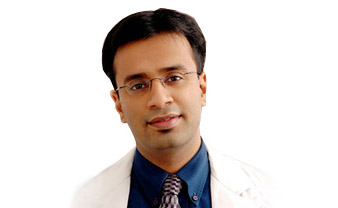

Dr. Debraj Shome is Director and Co founder of The Esthetic Clinics. He has been rated amongst the top surgeons in India by multiple agencies. The Esthetic Clinics patients include many international and national celebrities who prefer to opt for facial cosmetic surgery and facial plastic surgery in Mumbai because The Esthetic Clinics has its headquarters there.
